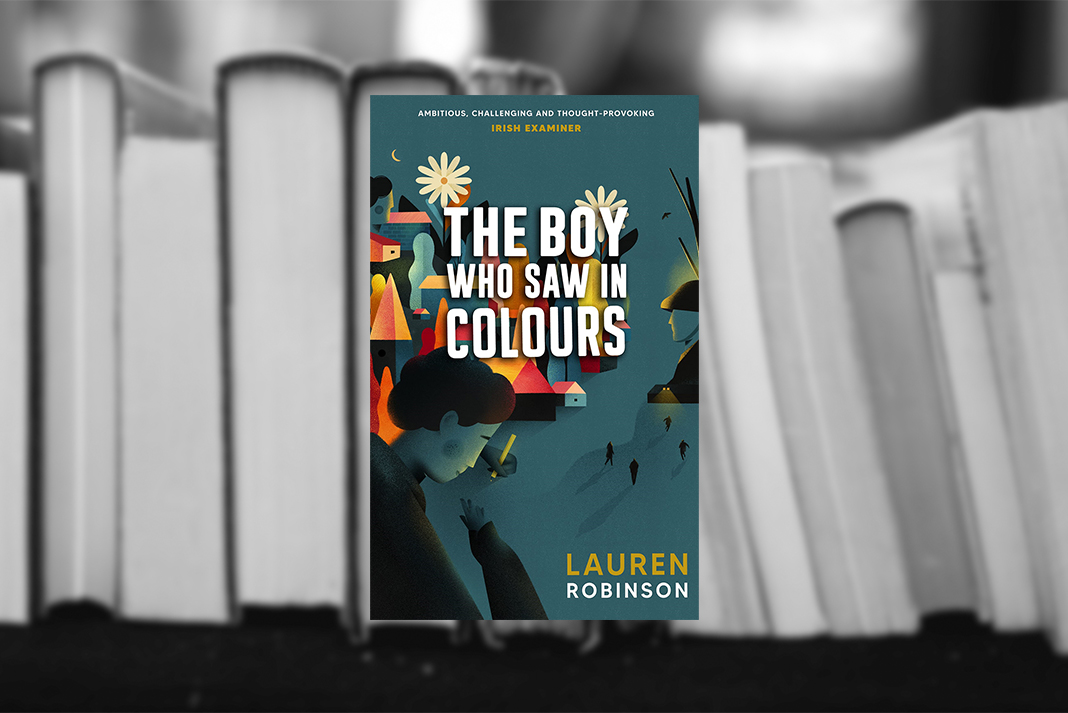The Boy Who Saw in Colours by Lauren Robinson; (c) 2020; ISBN 97818380-533540; 361 pages.
This novel arrived unbidden to my reading pile; its author evidently British given that the letter “u” that found its way into “Colours.”
The young protagonist, Josef Shulman, was hardly a prime candidate to become an Aryan superman ready to live and die for the fuehrer.
In the Nazis’ deformed ideology, Josef had so many things against him. He was a Mischling– that is a person of mixed race. Yes, his mother was Aryan, but his father was a Jew. Yet, he had his mother’s white skin and coloring, and someone figured that at a special school, he could be molded.
Josef also had a condition known as synethesia. Almost any stimulus — a sound, a view, a taste — could burst into his head as an array of colors.
Whereas every minute of every day might present itself as a beautiful abstract painting in his head, words did not come easily to him. Called on to recite in school, he became tongue-tied. So, mostly he just listened to his friends, and smiled. But give him a thin paint brush, or even a pencil, and he could draw and paint with a talent and passion well beyond his early teen years.
Josef also was far from the model of rugged boyhood that the German Nazis tried to inculcate. Although when angered he could defend himself with smashing arms, legs, and fists, he’d much prefer quieter pasttimes, like cloud gazing and knitting.
As he got older, he learned something else about himself — he was attracted to boys, not to girls.
Half-Jewish, homosexual, he was a prime candidate for a Nazi concentration camp. Somehow, however, he was sent to an elite school for German youth, where boys were supposed to learn to love Adolf Hitler and the Fatherland and be ready to give their lives if necessary for either of them. His younger brother, Tomas, was readily molded by the school’s instructors.
Even though he and Tomas had been taken away from their mother and father — who were murdered by the regime — Josef also tried his best to be a good little Nazi. But it really wasn’t in him. What was surprising was that the other boys who also were sent to the camp didn’t seem to mind. There was something other worldly about Josef that made them like him, despite all.
Given his penchant for describing everything in colors, his is a story that visual artists may particularly enjoy. His wandering, stream-of-consciousness narrative, on the other hand, may frustrate some readers — at least until they surrender their predilection for order, and let the story wash over them.
My fellow Jews will be pleased to know that Josef never could accept the Nazi ideology. He was far too gentle a soul.
Republished from San Diego Jewish World


























